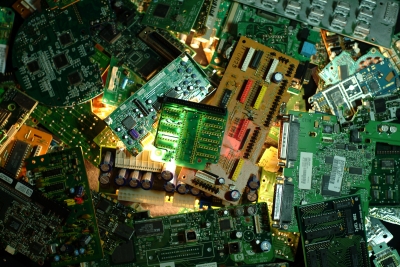According to calculations by Oeko-Institut, a research and consultancy institution based in Germany, 4.3 million smartphones contain more than 20 metric tonnes of Cobalt, approximately more than one tonne of tungsten, one tonne of silver, 100 kilograms of gold and between 20 and 60 kilograms of palladium. These materials could be recovered but would instead end up harming the environment if Samsung doesn’t repurpose or reuse these precious minerals. Samsung has yet to make an official statement fully explaining the causes of the fault, despite a global recall of the Galaxy Note 7 and offering replacements. It has said that it will not recycle the phones and has still not offered any clarity on what it will do with the returned phones.
“Samsung now has an opportunity to set an example to the industry: will it recover and reuse the precious metals and other valuable materials in these 4.3 million devices and avoid an environmental disaster or will it simply dump them?” said Jude Lee, Senior IT Campaigner at Greenpeace East Asia. “We are launching a global petition challenging Samsung to not dump the phones and instead take this chance to totally rethink how it designs and produces its products.”
Millions of phones were recalled worldwide after a number of high profile cases of exploding Samsung Galaxy Note 7 devices. In April 2016, Samsung expected to sell 14 million Galaxy Note 7 devices within the first two months since its official launch. Samsung has currently produced 4.3 million devices and sold 1.8 million in more than 10 countries including South Korea, USA, Canada, Mexico, Australia, New Zealand, Singapore, Taiwan, United Arab Emirates, and China.
In the USA – the country with the highest amount of phones sold with a total of 1 million – Samsung mentioned that their existing mobile takeback programme does not apply to the Galaxy Note 7, but has not stated how they will deal with the phones, or whether the phones will go through recycling or smelting programs.





